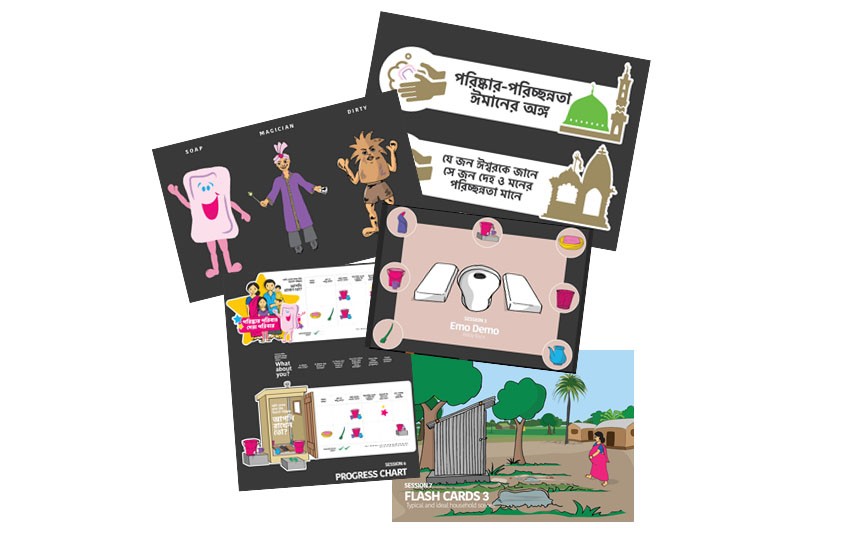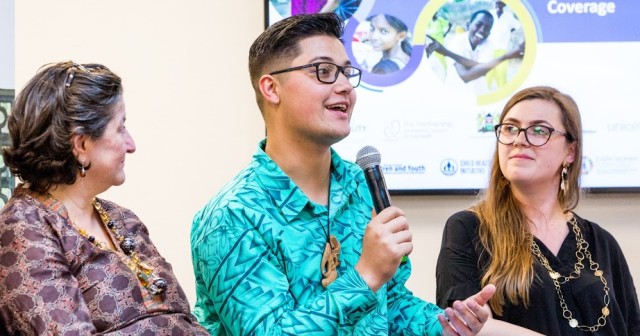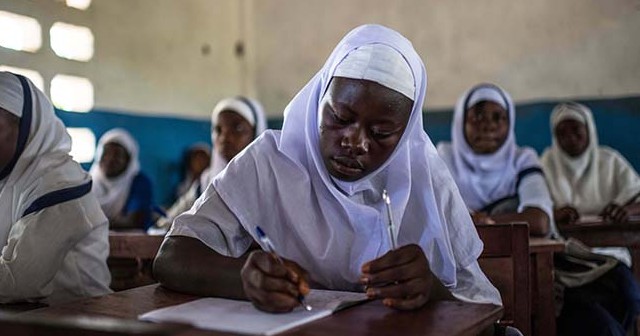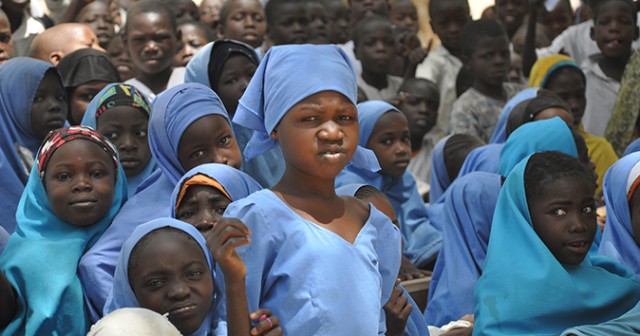Improving the way we promote sustainable behaviour change
Improving the way we promote sustainable behaviour change
What has Behaviour Change Communication got to do with a water, sanitation and hygiene programme? If we are to achieve long-term, sustainable change: everything!
April 2018 saw Plan International UK’s South Asia WASH Results Programme (SAWRP) team sharing their learnings from the programme with a new audience: the International Social and Behaviour Change Communication Summit.
Held every two years, the summit brought together some 1,200 people from over 90 countries around the world, to understand what works in shifting social norms and changing behaviours in development contexts.
With delegates from governments, academia, UN institutions, NGOs and the private sector, the experiences and perspectives at the summit were rich.
Behaviour change in SAWRP
Using approaches such as community-based total sanitation and sanitation marketing, we have the tools to stimulate initial demand for, and supply of, improved toilets, water points and hand washing facilities.
However, we know that when programmes inevitably end, there is often a degree of ‘slippage’ back to old habits. Reducing this is key to sustainability and all about changing behaviours better.

To address the challenges of long-term behaviour change faced during the first phase of SAWRP, we have been developing a new approach to our behaviour change work.
The development process has taught us a lot and we were excited to share our learnings at the summit with others undertaking similar journeys. The summit was also a fantastic chance to gather ideas and knowledge that we can feed into our behaviour change work to improve it moving forward.
Some of the key messages we took away from the week include:
- Considering different motivations: the need to consider people’s personal motivations for engaging in programmes and adopting new behaviours
Whilst our motivation may be, say, to improve health outcomes, the motivations of people we are encouraging to change behaviours may be completely different. For example, they may be motivated to change because they find the programme or new behaviour fun, because it is easier than what they were doing before, because they think it will raise their social status, or because they think it will benefit their child. None of these is directly linked to their health but this doesn’t really matter. As such, we need to promote programmes and behaviours along the lines of what motivates our target group rather than what motivates us. - Staying the course
We need to be honest about what we can achieve in a typical project timeframe (three to five years) when we know that changing behaviours takes time. This is also linked to the need to develop better measures of behaviour change so we can better assess whether we’re on track and what approaches are working best. - The value of bridging siloes and embracing a range of skills and experiences to address behaviour change in a more integrated way
Rather than running separate programmes to address specific issues, can we find ways to coordinate better, to align activities and messaging under a single ‘brand’? Frameworks and processes such as behavior-centred design and human-centred design can help us to do this in a structured way. None of this is rocket science but it does require team members to adopt a certain mindset to work well – it is our behaviours we need to change first!
We will continue to share our learnings on behaviour change here over the coming months. Read more blogs from Mimi here >
Latest stories for you
Really reaching the most marginalised?
Baroness Goudie on the role of research in understanding the realities of girls' lives.
Adolescents: the missing population in universal health coverage
Adolescents’ needs must be included if we’re to achieve health and wellbeing for all.
Why adolescent girls in crises must be a priority to unlock education for all
The unique challenges faced by girls must be overcome to achieve the SDG on education.
Beyond Brexit
We ask: what could a post-Brexit ‘global Britain’ look like?
Show more



